Septic Systems and Tank Filters
Dynamerican Plumbing, HVAC, Excavating, Septic & Drain
Learn More About Your Septic Systems and Tank Filters
Most septic systems have one or two septic tanks, an aeration tank, or a mix of both, plus a filter system. Some setups also include a sump pump. We've got some basic info on common types of septic tanks and filter systems. If your system isn't listed and you want more details, just
reach out to us. The team at Dynamerican Plumbing, HVAC, Excavating, Septic & Drain is happy to help with any questions!
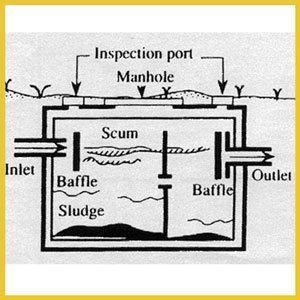
Septic Tanks
- Standard-size tanks are 500, 750, 1000, 1250, 1500, and 2000 gallons.
- Septic tanks do not contain an aerator.
- Septic tanks are followed by a filter bed with or without a sump pump, or leach field.
- Septic tanks do not contain an aerator.
- Some homes have only septic tanks.
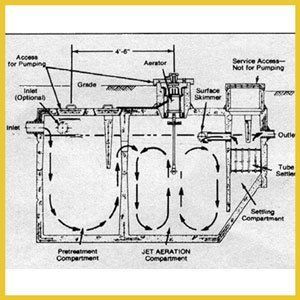
Jet Aeration Tanks
- Jet tanks have a capacity of 1,170 gallons and are made of concrete.
- Some models include a pre-treatment tank with a capacity of either 500 or 1,000 gallons.
- Depending on the configuration, certain Jet systems come with a sump pump.
- The design of Jet tanks features three compartments: primary, aeration, and clarifier.
- Routine cleaning is performed in the primary and aeration compartments.
- Some Jet tanks are equipped with a filter bed or an up-flow filter for secondary treatment.
- The Jet system utilizes an aerator to mix and oxygenate the liquid, aiding in the breakdown of solid matter.
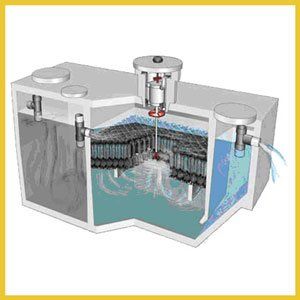
Jet Bat Aeration Tanks
- Jet tanks have a capacity of 1,170 gallons and are made of concrete.
- Some models include a pre-treatment tank with a capacity of either 500 or 1,000 gallons.
- Depending on the configuration, certain Jet systems come with a sump pump.
- The design of jet tanks features three compartments: primary, aeration, and clarifier.
- Routine cleaning is performed in the primary and aeration compartments.
- If not enrolled in an Operation & Maintenance Program plan, only the primary tank should be cleaned.
- Jet BAT tanks do not have secondary treatment.
- The Jet system utilizes an aerator to mix and oxygenate the liquid, aiding in the breakdown of solid matter.
- Jet BAT tanks have a media in the aeration compartment that requires periodic maintenance.
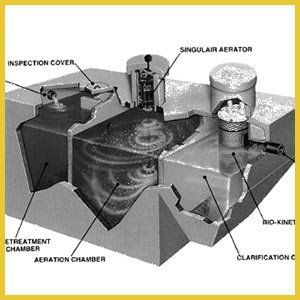
Norweco Singulair Tanks
- Singulair tanks have a capacity of either 1,300 or 1,600 gallons and are made of concrete.
- Some systems include a sump pump, depending on the configuration.
- The design of Singulair tanks features three compartments: primary, aeration, and clarifier.
- Routine cleaning is performed in the primary and aeration compartments.
- Singulair tanks do not have secondary treatment.
- The Singulair system uses an aerator to mix and oxygenate the liquid, aiding in the breakdown of solid matter.
- Singulair tanks have a Bio-Kinetic filter in the clarifier compartment that requires periodic maintenance.

Multi-Flo Tanks
- Most Multi-flo tanks in our service area have a capacity of 500 gallons and are made of fiberglass.
- Some models include a pre-treatment tank with a capacity of either 500 or 1,000 gallons.
- Depending on the configuration, certain Multi-flo systems come with a sump pump.
- Multi-flo tanks feature a single aerated compartment with 30 cloth fiber tubes or socks.
- The Multi-flo system uses an aerator to mix and oxygenate the liquid, aiding in the breakdown of solid matter.
- Periodic maintenance is required for the fiber tubes or socks, along with regular pumping.
- The Multi-flo aerator is positioned at the bottom of the tank on a tripod.
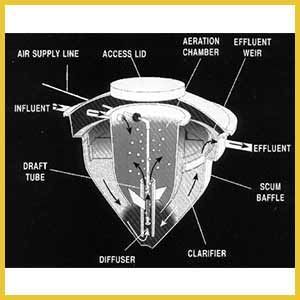
Nayadic Aeration Tanks
- Most Nayadic tanks in our service area have a capacity of 500 gallons and are made of fiberglass.
- Some models include a pre-treatment tank with a capacity of either 500 or 1,000 gallons.
- Depending on the configuration, certain Nayadic systems come with a sump pump.
- Nayadic tanks feature a single aerated compartment.
- The Nayadic system uses an external compressor to mix and oxygenate the liquid, aiding in the breakdown of solid matter.
- Periodic maintenance is required for the compressor, along with regular pumping.
- Nayadic compressors are located in a box next to the system or occasionally inside the home or garage.
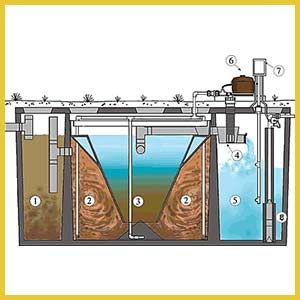
Hoot Aeration Tanks
- Most Hoot tanks in our area have a capacity of 1,500 gallons and are made of concrete.
- Hoot systems typically include a sump pump that pumps effluent from the tank to the mound or, in some cases, to the storm sewer.
- These systems use a compressor to aerate the liquid, aiding in the breakdown of solid matter.
- Periodic maintenance is required for the compressor, along with regular pumping.
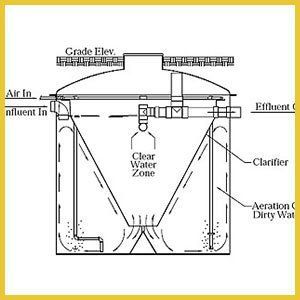
Whitewater Tanks
- Most Whitewater tanks in our area have a capacity of 1,000 gallons and are made of fiberglass.
- Some models include a sump pump, depending on the configuration.
- Whitewater tanks consist of a single plastic tank and may include a pre-treatment tank with a capacity of either 500 or 1,000 gallons.
- These systems use a compressor to aerate the liquid, aiding in the breakdown of solid matter.
- Periodic maintenance is required for the compressor, along with regular pumping.
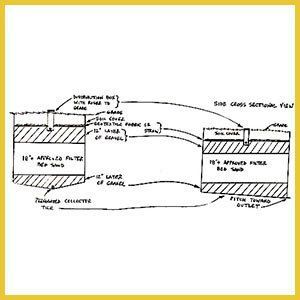
Filter Beds
- It is used as a secondary treatment with septic and aeration.
- Made of layers of sand and gravel.
- Sized to the amount of bedrooms in the home it serves.
- Always has a discharge point either to the surface or to a storm sewer line.
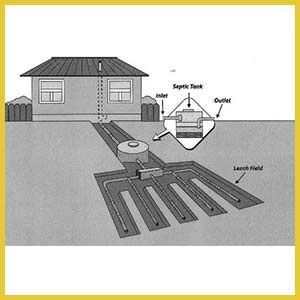
Leach Fields
- It is used as a secondary treatment after septic or aeration tanks.
- Constructed from perforated pipe surrounded by gravel.
- Typically buried no more than 18 inches deep.
- Does not have a drainage point.
- Homeowners with leach fields should monitor water usage closely. Conserving water can significantly extend the life of the field.
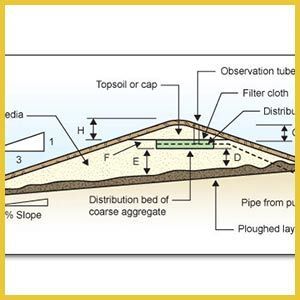
ETA Mounds
- It is used with septic or aeration tanks.
- May have "evergreen" trees planted on top.
- Homeowners with mounds should monitor water usage closely. Conserving water can significantly extend the life of the mound.
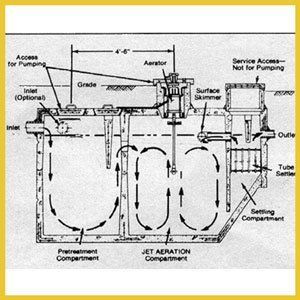
Up-Flow Filters
- It always follows a Jet system.
- Features two square concrete lids forming a rectangle.
- Requires periodic cleaning, typically every other tank cleaning.
- There are various methods to clean the up-flow, but only one correct way: pump the tank and up-flow, and wash the gravel and concrete grate inside.
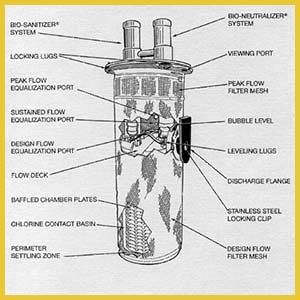
Bio-Kinetic Filters
- It is used with Singulair systems.
- It requires maintenance every six months.
- County regulations prohibit onsite cleaning.

Share On: